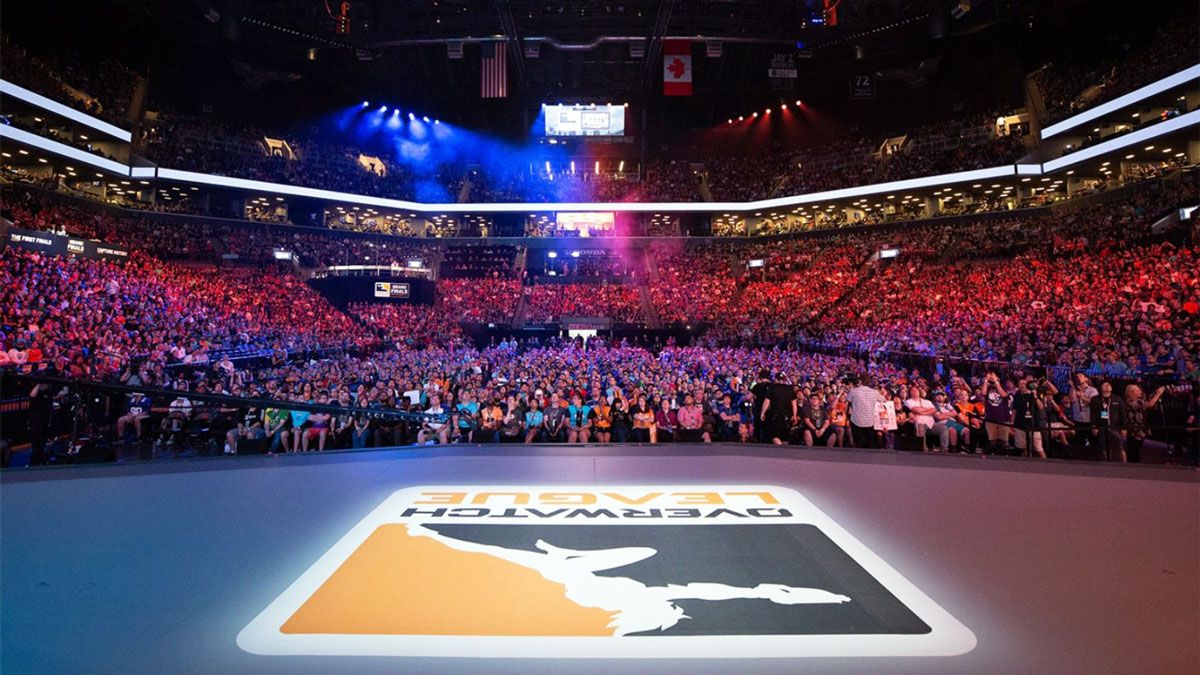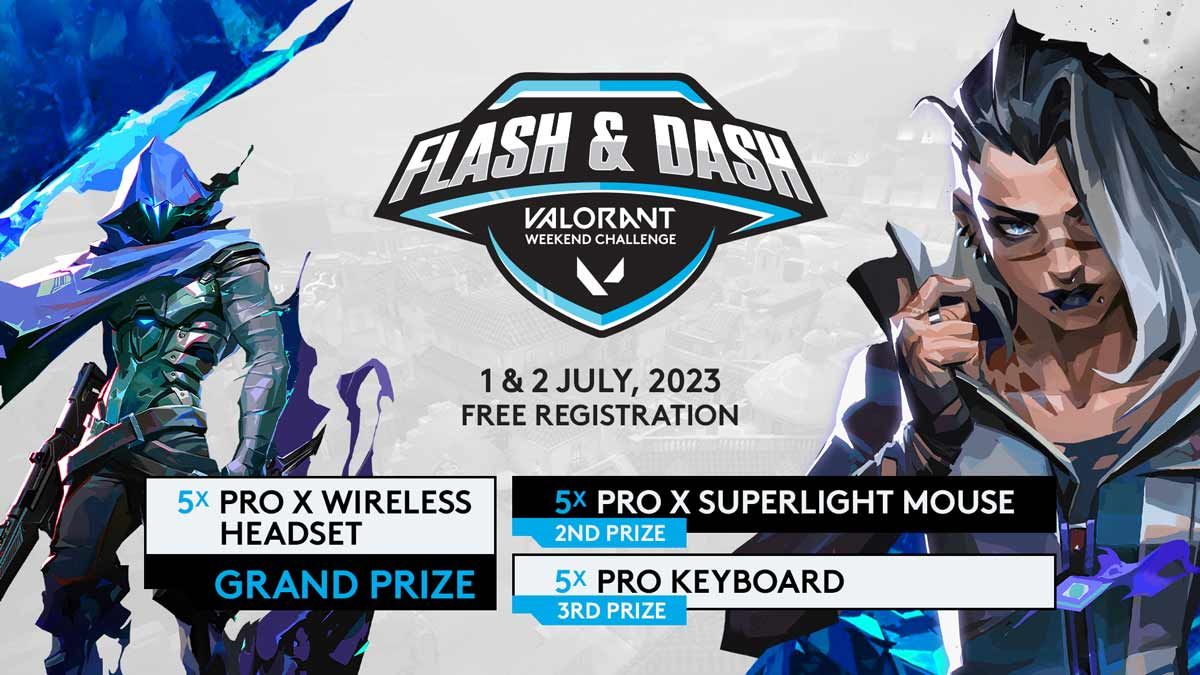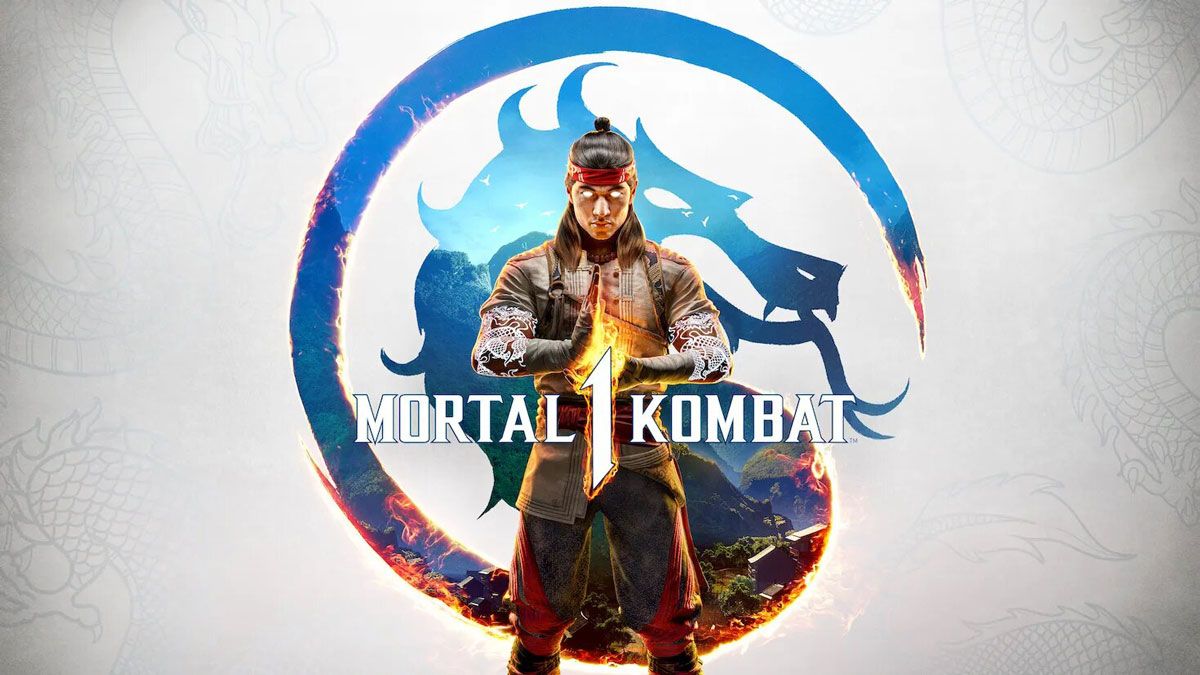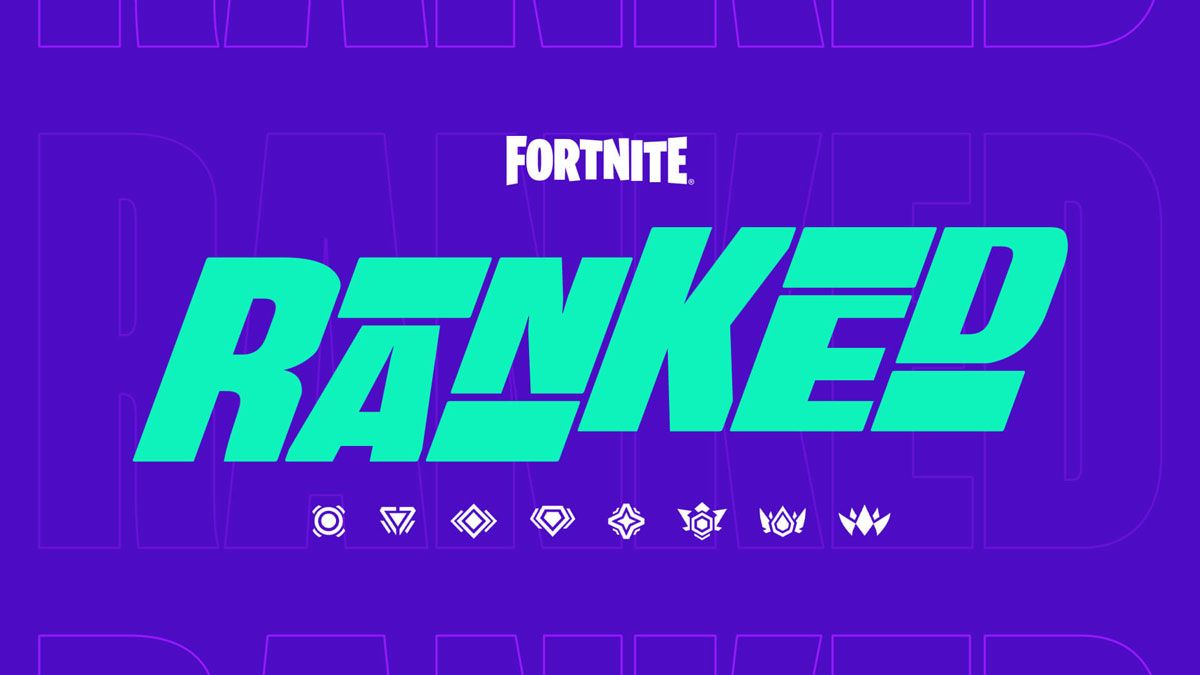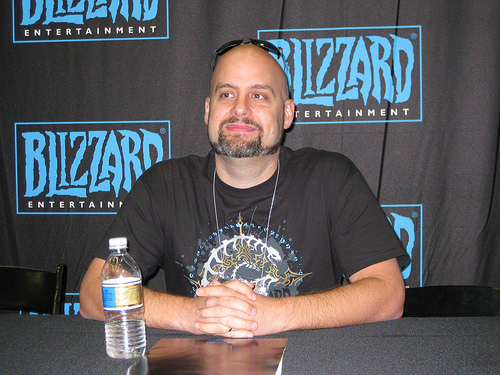
Gamasutra.com has published an extensive interview with StarCraft 2's lead designer Dustin Browder, concerning the methods they are using to improve the beta experience and Blizzard's goals for the future release. As usual, Dustin has a lot of interesting thoughts to share so we picked the most appealing ones for you.
Gamasutra: Having been in the beta test for a couple months, I would imagine the amount of balance and design data you have to work with has skyrocketed.
Dustin Browder: It's pretty high. We can learn a lot. The danger with a lot of this data is that you have to be very careful how you use it. With unit stats, I can tell you that, for example, in a Protoss versus Terran game, 12 percent of the time the Protoss build carriers. And when they build carriers, they win 70 percent of the time. You could say, "That must mean carriers are overpowered!" That's not really true, though. It could just be that as you get towards the end of the game, if the Protoss have the extra resources to waste on a bunch of carriers, they're probably going to win anyway.
GS: So you get that empirical data based on stat tracking, you get feedback from the beta forums, and then you get the high-level meta-game that exists largely in the minds and strategic evolution of experienced players.
DB: Yup. And our personal play experience, which is probably the most important. We take from whichever one is providing the correct information.
If we look at the stats and we say, "This doesn't actually back anything we're experiencing online," I'm very suspicious of that number. We get information from a lot of different sources, and then we use the other sources to refute or corroborate. We look at another source and say, "You know what? What they're saying online matches my play experience, and it matches the stats. This seems real. Let's talk about what some possible fixes can be."
GS: How much do you make a point to follow the meta-game that surrounds high-level players? Do you explicitly try to track that scene? It can be like going down the rabbit hole.
DB: We do track what's going on, but we don't make changes to try to push it in any direction. We're not trying to manipulate the meta-game so much as we're trying to make sure the overall experience is a positive one.
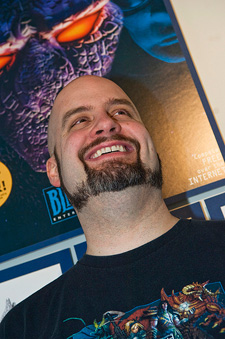 GS: Blizzard had a while to ease into [StarCraft development]. Now, you guys are expected to hit that right out of the gate. Do you think you're operating in a development design mentality as a result than that team was?
GS: Blizzard had a while to ease into [StarCraft development]. Now, you guys are expected to hit that right out of the gate. Do you think you're operating in a development design mentality as a result than that team was?DB: Absolutely. We have so much more information available to us than they had then, both in terms of stat-tracking and in terms of contact with the community. And the community is smarter. These guys learned how to play this game much faster than they learned how to play StarCraft or Brood War. We have the advantage of their additional knowledge as well as the advantage of our additional knowledge.
GS: On the notion of the e-sports phenomenon, there are some people for whom StarCraft is a fundamental competitive dynamic; it makes sense to them that StarCraft II still relies on that same dynamic, in the same way football hasn't changed its basic competitive form in many, many years. Then there are the people who are more dismissive, who say, "Well, it's the same thing I played ten years ago, but in 3D." How do you address that second group?
DB: For us, we're not trying to be innovative. We're not trying to change for change's sake. We're just trying to make a quality product. We definitely felt like there were some things from the previous game that were very high quality that we weren't super confident we could do a ton better. I wouldn't have a lot of enthusiasm to make Siege Tank 2.0. Siege Tank is good. It's a good unit.
GS: I'd heard you actually tried to implement a Relic-style cover system, like in Company of Heroes or Dawn of War.
DB: We did actually try a cover system. We tried it frequently, and what it did to our game was prevent a lot of movement from happening on the battlefield. It slowed the game down. Players would move to cover and stop. The other player is like, "Can I get around it? Screw it. I'll just fight." Or, "I'll just build up." The game stagnated. Our game is about dancing: advance, retreat, advance, using the choke point -- until, "Oh no, the enemy went air, the choke is useless!" It's about give and take. For our game, it was a disaster.
GS: When did you do [split the single- and multiplayer trunks], and how significant a change has it been?
DB: It was a couple [months] ago. We had made a change to multi, and it broke four missions, and I said, "We're splitting!" [laughs] It was like, "It's over! Oh my God! I can't believe we just did that!" We tried to make it to the last possible moment. We probably actually went a couple moments past the last possible moment. We probably should have done it a couple days earlier.
GS: I found it fascinating earlier when you mentioned unusual cases like the Zerg, for example, being very strong in Korea, but less strong in North America. How widespread is that kind of thing?
DB: That's the biggest example of that kind of thing. The other match-ups are more even across all the nationalities that we're tracking. So, how to deal with that? Right now, we're just not going to. It's too strange to make a fix based on that information. What we need to do is go out there and use other tools now to discover what the differences are out there, and which one is real. Or are none of them real? And do we change nothing?
In addition, Dustin Browder talks in more detail about the challenges, the achievement system and its purpose, the reason behind the much different single- and multiplayer experiences and much more, so be sure to read the whole interview by following the linkg below.

Links
Gamasutra.com - Whole interview


